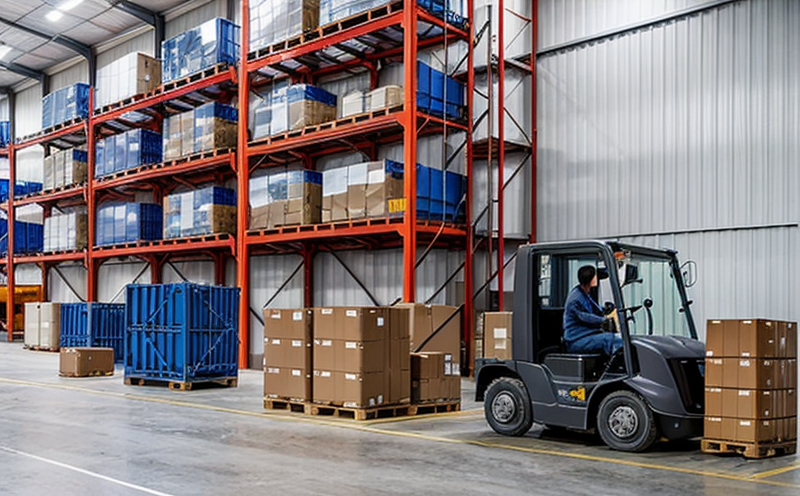SAE ARP 1838 Vibration and Compliance Testing
The SAE ARP 1838 standard provides a robust framework for testing the vibration resistance of packaging systems used in aerospace and aviation. This service ensures that critical components can withstand the rigors of transportation, storage, and operational environments without compromising their integrity or functionality.
SAE ARP 1838 is particularly important for ensuring compliance with stringent regulatory requirements set by aviation authorities like the Federal Aviation Administration (FAA) and European Union Aviation Safety Agency (EASA). The standard covers a wide range of materials, including composite, metallic, and hybrid structures, which are commonly used in aerospace packaging.
The testing process involves subjecting the specimen to controlled vibration environments that simulate real-world conditions. This includes exposure to mechanical stress, thermal cycling, and other environmental factors that can affect the performance of packaging systems over their lifecycle. By adhering to this standard, manufacturers ensure that their products meet or exceed industry expectations for reliability and safety.
One of the key aspects of SAE ARP 1838 is its emphasis on compliance with international standards such as ISO, ASTM, and EN. Compliance ensures that the testing process remains consistent across different regions and industries, providing a level playing field for all participants in the aerospace supply chain.
The standard also includes detailed guidelines for specimen preparation, which are crucial for obtaining accurate test results. Proper sample preparation ensures that the test conditions accurately reflect the real-world usage scenario. This includes considerations such as material type, dimensions, and any specific features that may influence the outcome of the test.
Instrumentation plays a vital role in SAE ARP 1838 compliance testing. High-precision vibration analyzers are used to generate controlled environments that mimic actual field conditions. These instruments must be capable of withstanding harsh environmental conditions and providing reliable data over extended periods. The use of advanced sensors and data acquisition systems ensures that every aspect of the test is captured accurately.
Once the testing process is complete, the results are thoroughly analyzed to ensure they meet all specified criteria. Compliance with SAE ARP 1838 not only enhances product reliability but also boosts confidence among end-users who rely on these systems for critical operations. The detailed reports generated from this process provide valuable insights into any potential weaknesses or areas for improvement.
By leveraging the expertise of our team, clients can ensure their packaging systems meet the rigorous demands of SAE ARP 1838. Our state-of-the-art facilities and experienced personnel are dedicated to providing accurate, reliable testing services that align with international standards. This commitment to excellence ensures that your products not only pass compliance checks but also perform optimally in demanding environments.
Understanding the nuances of SAE ARP 1838 is essential for those involved in aerospace and aviation packaging design. The standard sets a benchmark for quality, ensuring that every component meets stringent performance expectations. Through meticulous testing and analysis, we help clients achieve compliance while enhancing overall product reliability.
Scope and Methodology
| Test Parameters | Description |
|---|---|
| Vibration Frequency Range | The range of frequencies to which the specimen is exposed, typically covering 10 Hz to 500 Hz. |
| Amplitude Levels | The levels of amplitude to be applied during testing, usually in millimeters (mm). |
| Environmental Conditions | Includes temperature cycling and humidity exposure to simulate real-world conditions. |
| Test Duration | The duration of the test, which can vary based on specific requirements. |
Benefits
Adhering to SAE ARP 1838 provides numerous benefits for aerospace and aviation packaging manufacturers. These include:
- Enhanced product reliability through rigorous testing.
- Increased confidence in the performance of your products under challenging conditions.
- Potential cost savings by identifying weaknesses early in the development process.
- Compliance with international standards, ensuring broader market access.
- Better alignment with industry best practices and regulatory requirements.





